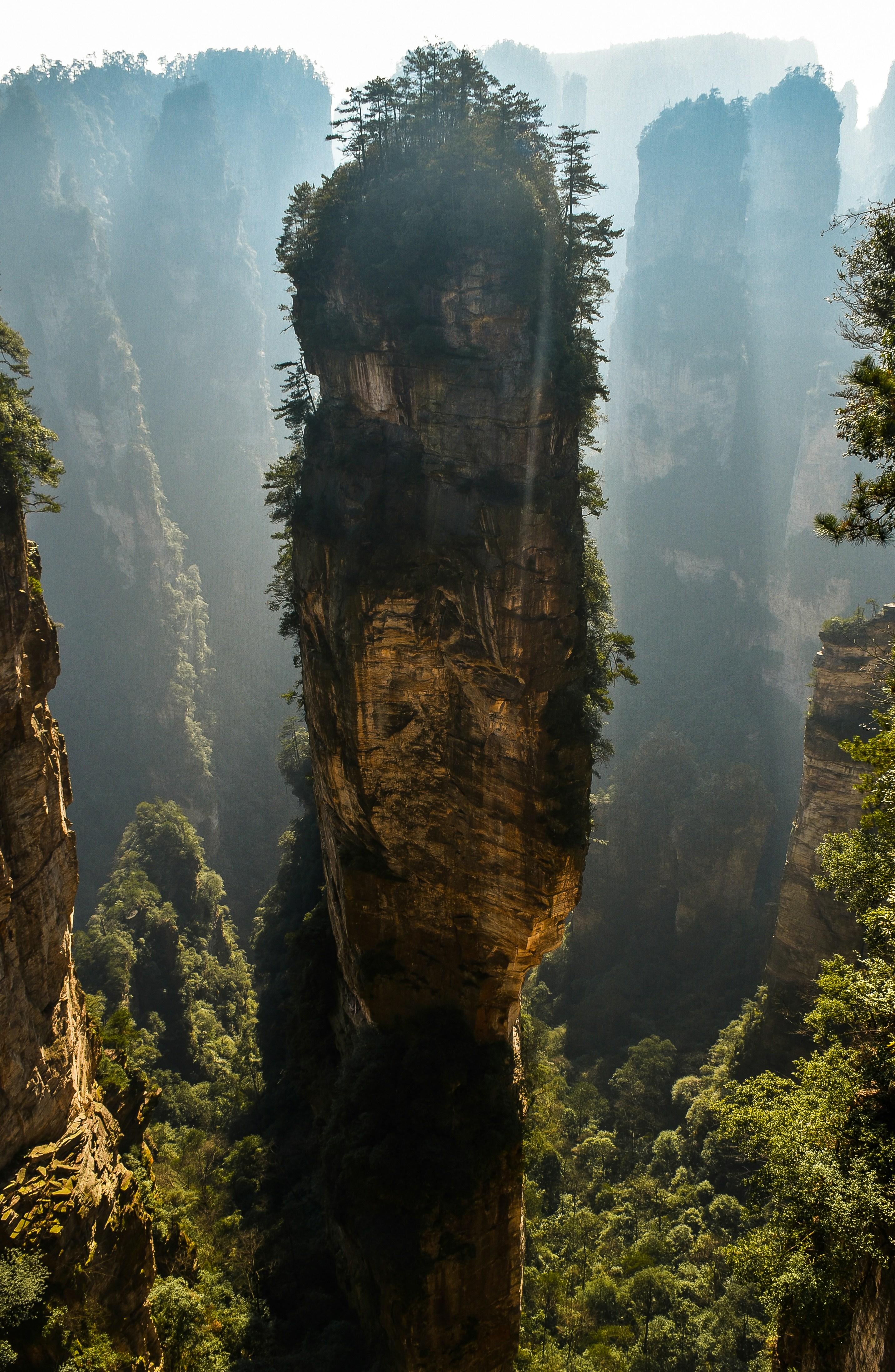In the realm of cinematic history, certain films stand as beacons of innovation, forever altering the landscape of filmmaking. James Cameron’s “Avatar” is one such phenomenon—a dazzling spectacle that not only captivated audiences worldwide but also redefined the boundaries of 3D filmmaking and visual effects. As we delve into the intricacies of this groundbreaking masterpiece, we uncover how “Avatar” harnessed cutting-edge technology to transport viewers to the mesmerizing world of Pandora, setting a new benchmark for immersive storytelling and visual artistry. Join us as we explore the visionary techniques and pioneering advancements that propelled “Avatar” into the annals of cinematic legend.
Pioneering Techniques: The Birth of a New 3D Era
When James Cameron embarked on the creation of his groundbreaking film, Avatar, he wasn’t just telling a story; he was crafting an entirely new dimension in cinema. At the heart of this transformation was the innovative use of stereoscopic 3D technology. Unlike traditional methods, Cameron’s team developed a Fusion Camera System, which allowed for unprecedented depth and clarity. This system, paired with real-time motion capture, enabled the seamless integration of live-action and CGI, creating a visually immersive experience that captivated audiences worldwide.
- Real-time feedback: Directors could view scenes in 3D during filming, enhancing creative decisions.
- Advanced CGI: The use of performance capture with intricate facial expression mapping brought characters to life with stunning realism.
- Environmental immersion: Custom-built virtual cameras allowed filmmakers to explore Pandora’s landscapes as if they were physical sets.
This pioneering approach not only set a new standard for visual storytelling but also paved the way for future filmmakers to explore the limitless possibilities of digital realms.
The Fusion of Art and Technology: Crafting Unseen Worlds
James Cameron’s visionary masterpiece transformed how we perceive digital realms, blurring the lines between reality and imagination. Avatar introduced groundbreaking techniques, combining state-of-the-art 3D technology with immersive storytelling. The film’s success lies in its ability to craft an unseen world, where every detail—from the bioluminescent flora to the fluid dynamics of floating mountains—was meticulously brought to life.
- Performance Capture: Utilizing advanced motion capture technology, actors’ performances were seamlessly integrated into digital avatars, capturing even the subtlest facial expressions.
- Innovative Camera Systems: The use of virtual cameras allowed filmmakers to navigate the digital landscape as if it were a physical set, offering unprecedented creative freedom.
- Enhanced Visual Effects: Cutting-edge CGI techniques elevated the visual storytelling, making Pandora a living, breathing ecosystem.
By merging artistic vision with technological prowess, Avatar set a new benchmark in the cinematic experience, inspiring a wave of innovation in the film industry.

Transformative Visual Effects: A Leap Beyond Imagination
The groundbreaking achievements in Avatar went far beyond traditional CGI, ushering in an era where digital and real-world elements intertwined seamlessly. James Cameron’s vision harnessed cutting-edge technology to create a fully immersive experience, challenging the boundaries of what was possible in filmmaking. This leap was powered by the development of new motion capture techniques, allowing actors’ performances to be translated into the digital realm with unprecedented precision. The film’s use of stereoscopic 3D provided audiences with a depth of field that had never been seen before, enveloping viewers in the lush landscapes of Pandora.
- Performance Capture: Advanced systems captured even the subtlest facial expressions.
- Virtual Cameras: Enabled directors to explore digital environments in real-time.
- Real-time Rendering: Provided immediate feedback, enhancing creative decisions.
These innovations not only transformed the visual effects landscape but also set a new benchmark for storytelling. The synergy between technology and narrative created a new language for cinema, one that continues to inspire filmmakers worldwide. With Avatar, the audience was no longer just watching a story unfold; they were living within it, redefining the viewer’s role in the cinematic experience.

Lessons from Avatar: Setting the Standard for Future Filmmakers
- Innovation in Technology: James Cameron’s pioneering use of cutting-edge technology set a new benchmark in the industry. The film’s groundbreaking motion capture techniques and photorealistic 3D visuals pushed the boundaries of what was thought possible, inspiring a new generation of filmmakers to embrace technology as a storytelling tool rather than just a spectacle.
- World-Building and Immersion: “Avatar” demonstrated the power of meticulous world-building. The lush, vibrant ecosystem of Pandora wasn’t just a backdrop but an integral part of the narrative. This immersive approach encourages future filmmakers to create worlds that are not only visually stunning but also rich with detail and depth, enhancing the audience’s emotional connection to the story.
By integrating these elements, Cameron not only crafted a visually spectacular film but also set a standard for how technology and storytelling can coexist harmoniously. Future filmmakers are now challenged to think beyond traditional boundaries, leveraging technological advancements to create more engaging and immersive cinematic experiences.

